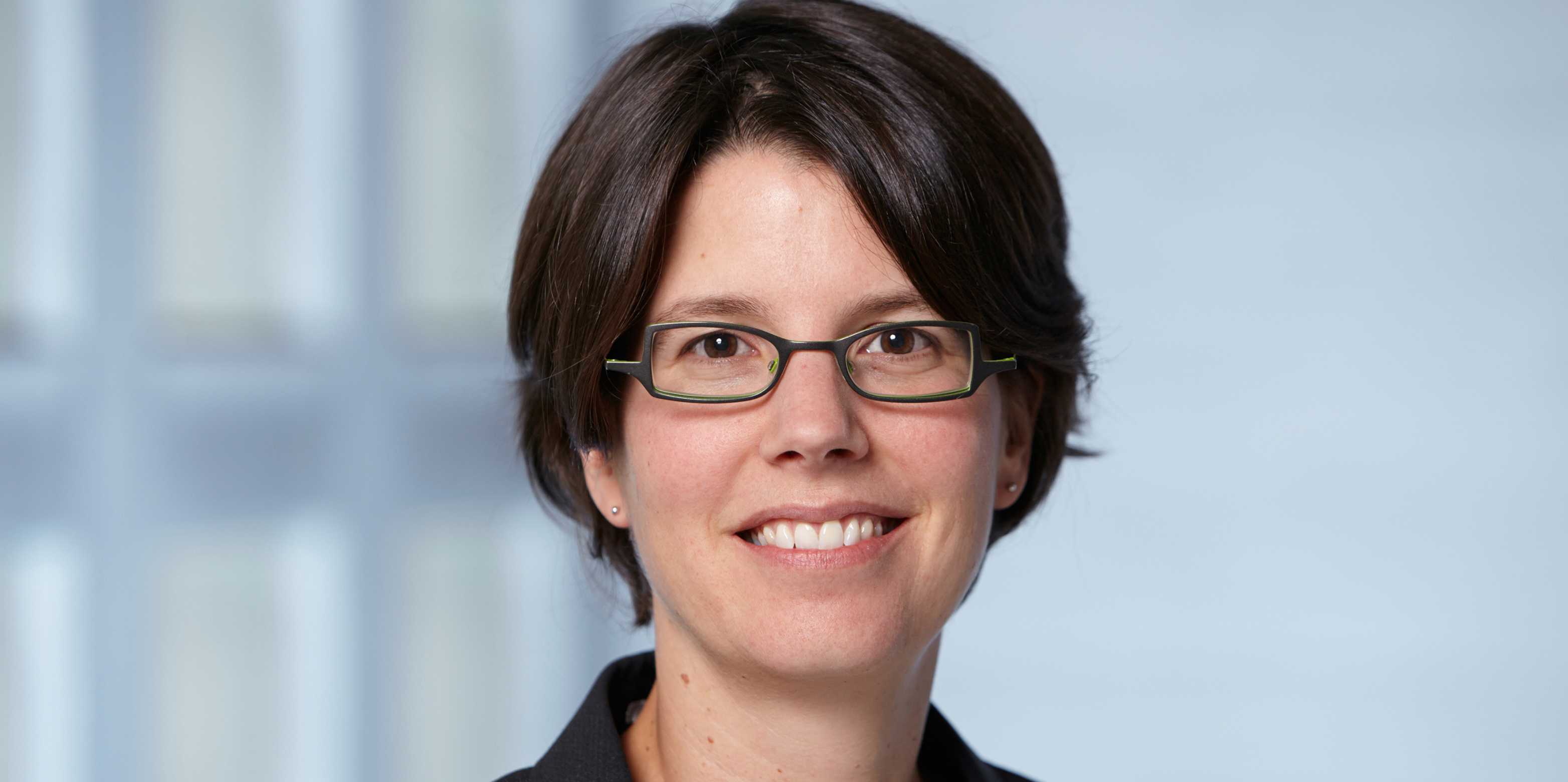The ETH physicist has received an SNSF Consolidator Grant worth CHF 1.75 million.

On 8 February, the Swiss National Science Foundation (SNSF) announced the results of its 2022 call for Consolidator Grant applications. Of the 30 grants awarded nationwide, one of them goes to ETH Zurich. ETH physicist Rachel Grange secured funding to develop novel photonic integrated circuits (see project description). A further ETH project proposal is still under review.
Excluded from European competition
Since Institutional Framework Agreement negotiations have failed, the EU treats Switzerland as a non-associated third country. This means that researchers based in Switzerland are no longer able to apply for European Research Council (ERC) grants, a significant source of funding for cutting-edge science.
As an interim solution the Federal Council commissioned the Swiss National Science Foundation to create the SNSF Starting, Consolidator and Advanced Grants. Any researcher working in Switzerland in any discipline is eligible to apply, as are foreign scientists affiliated with Swiss institutions who conduct their projects in Switzerland.
ETH Zurich remains committed to its goal of full association with Horizon Europe and restoring the right of Swiss institutions to apply for prestigious ERC grants.
The project in a nutshell
Integrated optical circuits combine optical and electrical signals. They are important in telecommunications, in laser technology, but also in quantum applications. The typical fabrication of these photonic integrated circuits is very complex and based on conventional semiconductor technologies.
Rachel Grange's external pageSNFS project will investigate a new type of fabrication process with nanomaterials that she hopes will make integrated optical circuits more versatile and require less energy. The materials consist of a composite of small crystals. This allows nano- and microstructures to be fabricated by bottom-up assembly on a very large scale and on any substrates. The new process should not only enable more efficient production, but also increase the functionality of photonic circuits.
Grange's first step will be to assemble nanocrystals from metal oxides such as barium titanate or lithium niobate. Then, she will control the orientation and doping of the nanocrystals to realize classical and quantum memories on chip With her project, the physicist also wants to improve the fundamental understanding of disordered materials used at the nanoscale.






